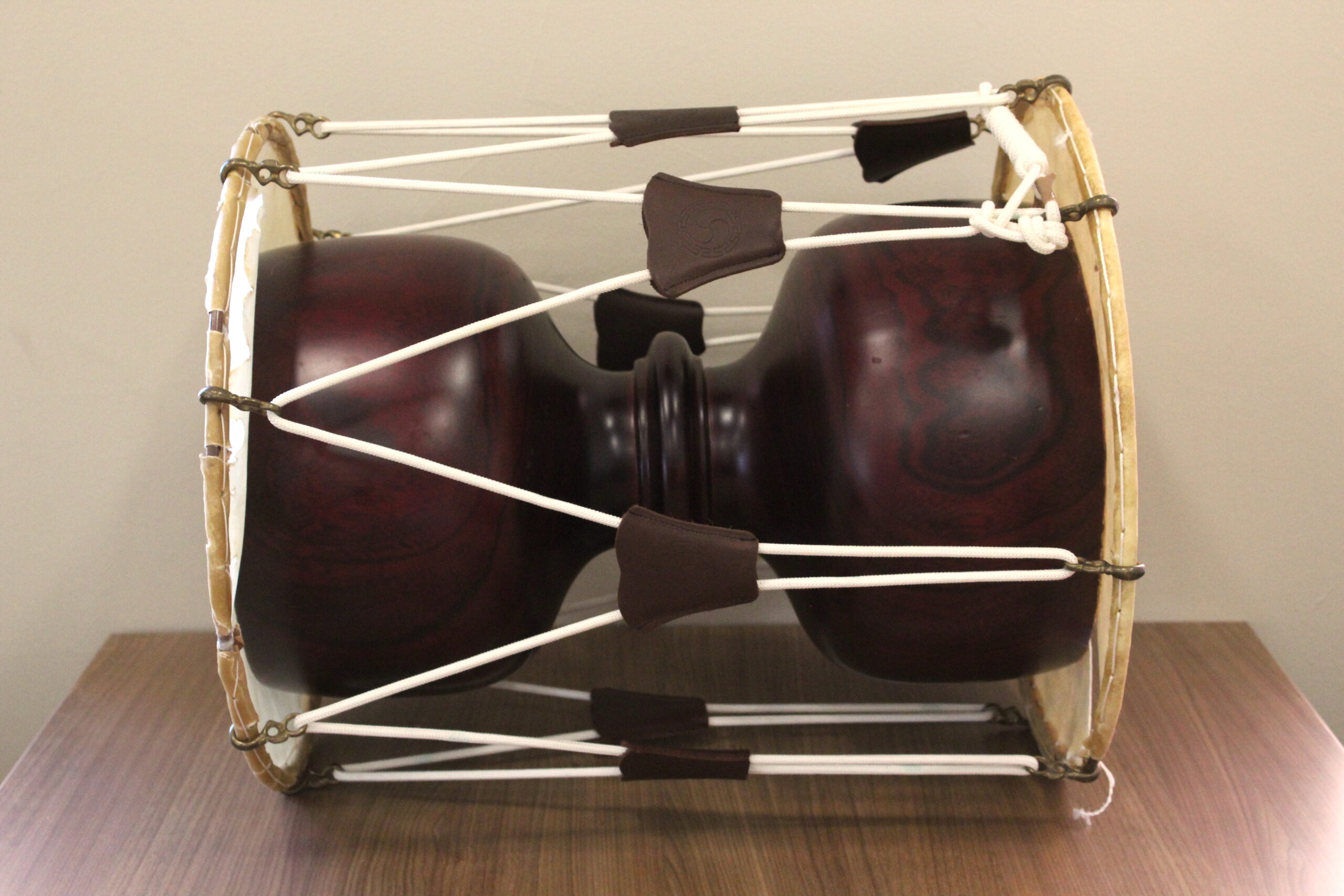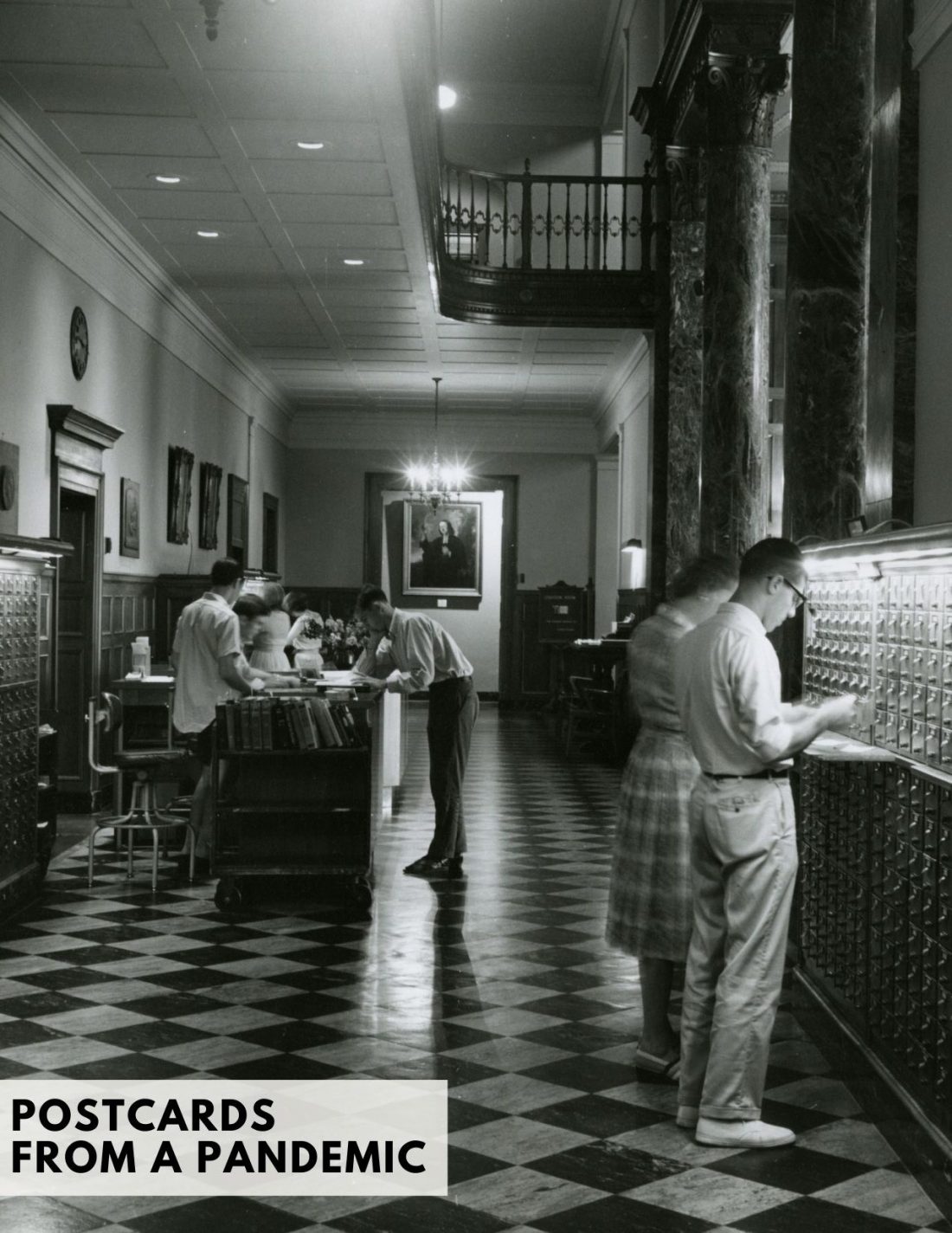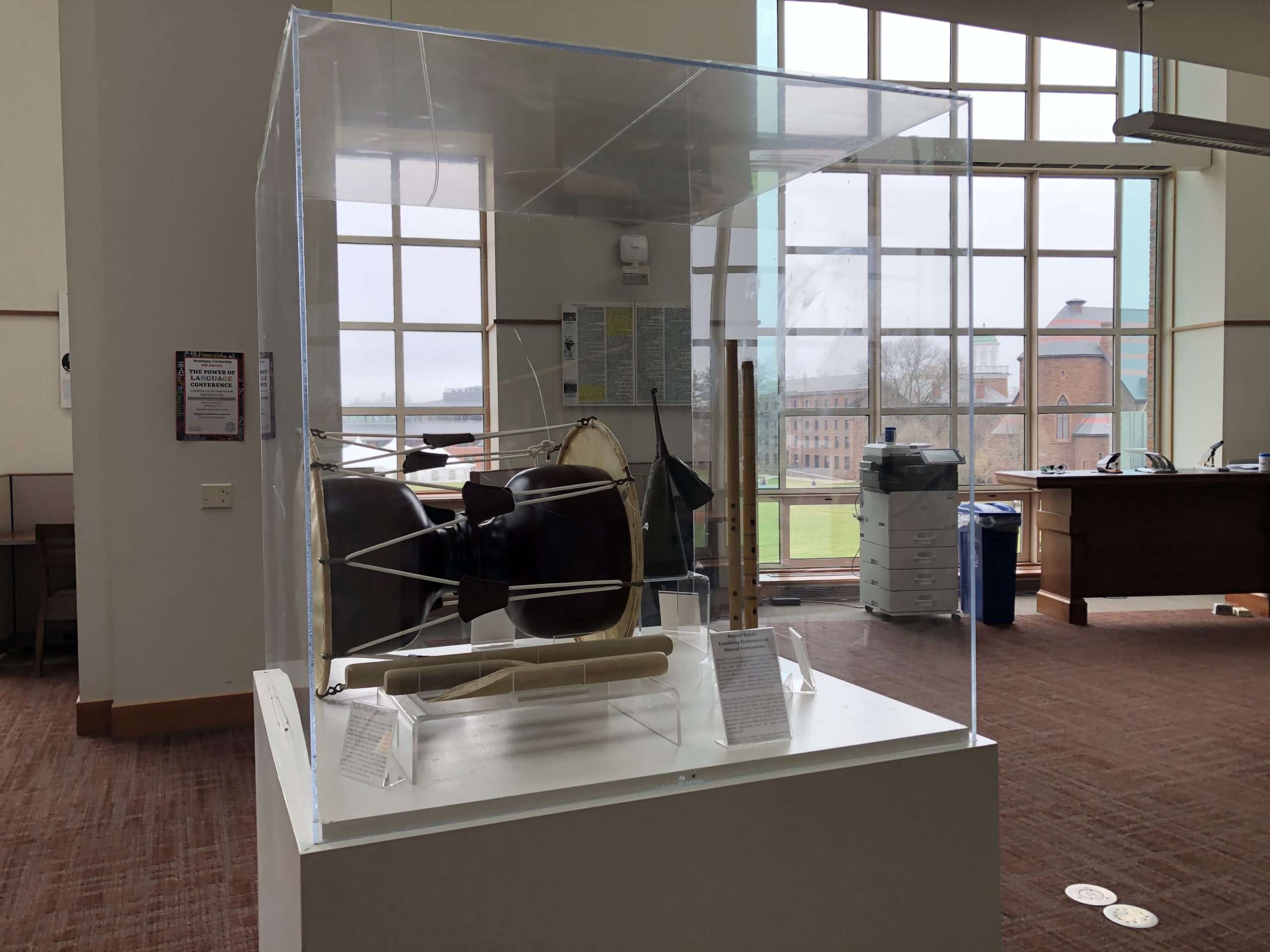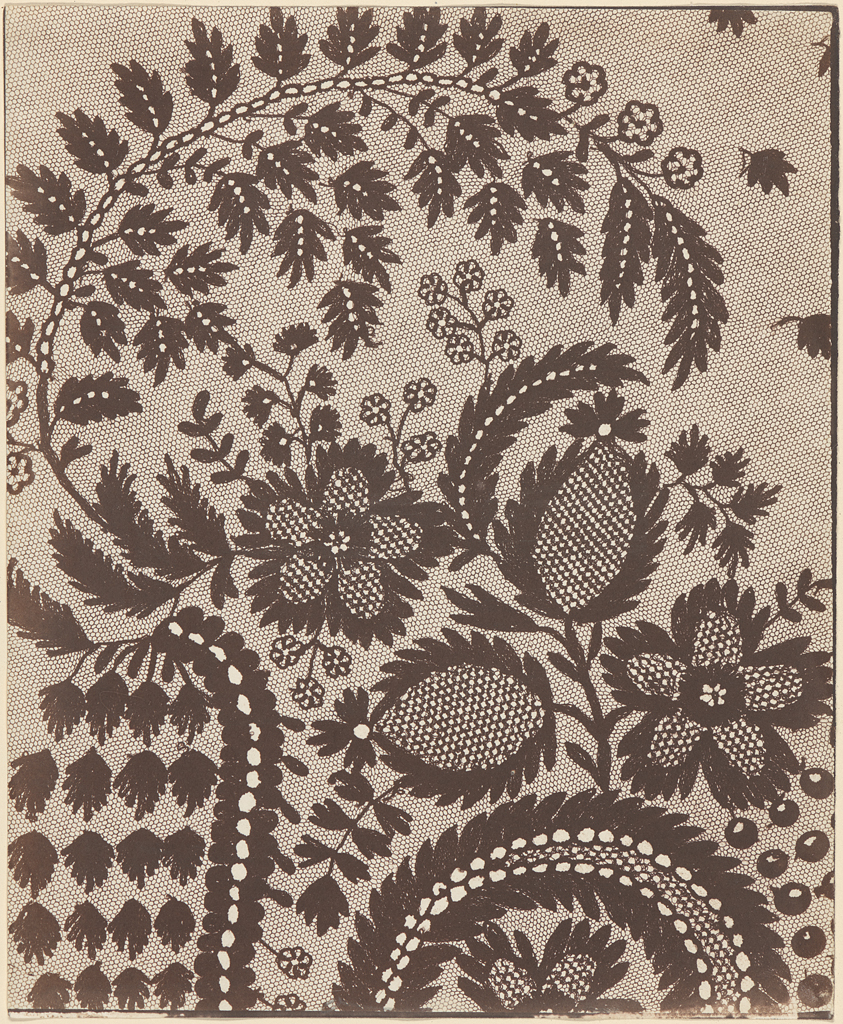Beyond Repair: Janggo
About the instrument
The janggo, or janggu in folk styles, is a Korean drum, perhaps the most prominent of Korean percussion instruments. The body is carved into a hollow hourglass shape from a solid piece of paulownia wood, and stretched pieces of animal skin are fastened to metal hoops to form the heads on either side.





